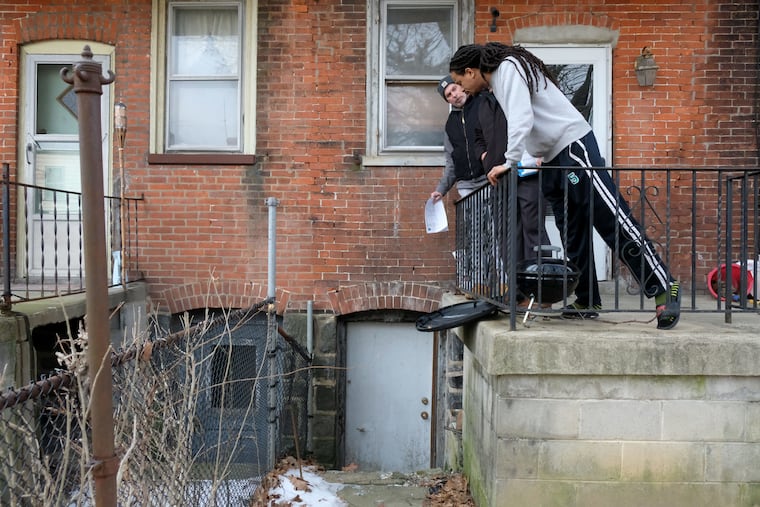A dose of health care reality while visiting rural upstate New York: community matters
What I experienced was a loose structure of peers checking in on one another — ensuring their neighbors had food, and even heat on the occasional cold night. Caring individuals helping remind those whose memory was failing to take their medications, to clean their pressure sores.

As I spent time away this summer in a rural area of upstate New York, I had the opportunity to observe some of the challenges of providing health care in such an area. What I learned was that despite the stark differences between my life up there and my life in Philadelphia, patient needs were surprisingly similar.
Tucked far away from large academic health centers, rural areas are concentrated with some of our most elderly and fragile patients. For them, there are no urgent care solutions and a visit to a specialist can be a full-day experience, much of it spent on the road — assuming they drive or have access to a ride.
Cut off from the doctors, nurses and social workers they need to manage their care, the risk of isolation for these patients is great. Yet, if you spend time with some of these people, they insist they wouldn’t change a thing. So, how do they get by?
What I experienced was a loose structure of peers checking in on one another — ensuring their neighbors had food, and even heat on the occasional cold night. Caring individuals helping remind those whose memory was failing to take their medications, to clean their pressure sores. A fire department willingly taking people 75 miles to the nearest hospital, and writing off the expense. What I saw was a web of community members, pitching in to help where traditional health care had fallen short.
Although people with chronic illness living in rural areas and cities lead very different lives, they share the daily experience of having to manage their health care within the context of their communities, not within the confines of a doctor’s office. For rural patients, their greatest barriers may be geography and transportation; for urban individuals, it may be that access to doctors and nurses has become increasingly harder within large, complex health care systems, and the number of social workers employed by these systems is too few.
The stark reality, whether up in the mountains or down in West Philadelphia, is that we require a modern workforce to fill these voids. Doctors and nurses nowadays can direct the management of disease from within their offices, but the health promotion of daily life and the assistance with daily needs is a job that is shifting within our underserved communities, whether rural or urban.
Following long-standing examples in other countries, the U.S. medical system has been building out a new workforce to meet this challenge, one comprised of neighbors and community members who are formalizing their roles as community health workers to assist those in need. The Bureau of Labor Statistics estimated that in 2018 nearly 60,000 people were employed as community health workers across the country, with an anticipated growth of nearly 15% in the next decade. Even within health care, we are increasingly hiring medical assistants to help families navigate our large, complex systems and provide proactive outreach to those families and patients who may be at-risk or in a crisis.
The evidence of their impact is also growing. Through randomized trials, we are finding that adding community health workers to the health care team can reduce hospital readmissions for chronically ill patients and improve perceptions about the quality of care they receive. At the Children’s Hospital of Philadelphia (CHOP), where I work, the Community Asthma Prevention Program (CAPP) that employs community health workers to support families of children with severe asthma by providing in-home education, has proven to help cut in half the number of hospital readmissions these youth are having. Building on CAPP’s experience, CHOP is expanding its community health worker programs to other patient populations, including those experiencing the tough transition to adult care and families of children with a range of complicated medical needs. What we need now are the mechanisms to finance the growth of this workforce, as the traditional fee-for-service system of health care does not align with the mission of community health workers keeping families out of the doctor’s office.
» READ MORE: 1 in 4 kids in West Philly suffers from asthma. And many common triggers lurk in their homes.
We are fortunate to live in a country with one of the most advanced health care systems in the world. I witness every day the marvels of modern medicine to treat heart disease, leukemia and other life-altering illnesses. However, the growth of community health workers and medical assistants reflects the reality that caring for the sick is still appreciably about relationships and lending a helping hand. The very fact that a workforce of medical assistants and community health workers exists is acceptance of the value of building a health care team that stretches beyond hospital walls. For those community members who will take on these roles, it is also an opportunity for gainful employment and for giving back to the communities they dearly love. The result is a stronger network that supports a community, a terrific result no matter where you live.
David Rubin is the director of Population Health Innovation and PolicyLab at Children’s Hospital of Philadelphia, and a member of the Inquirer’s Health Advisory Panel.